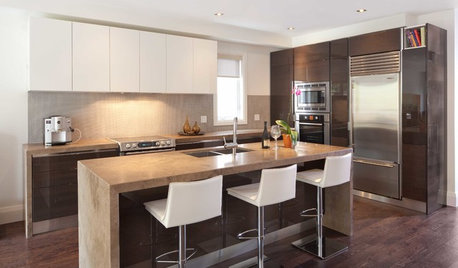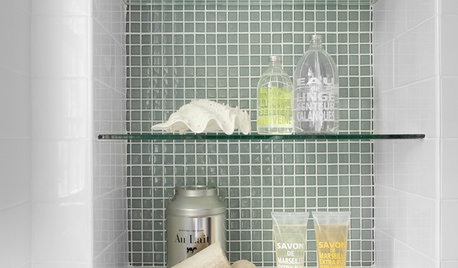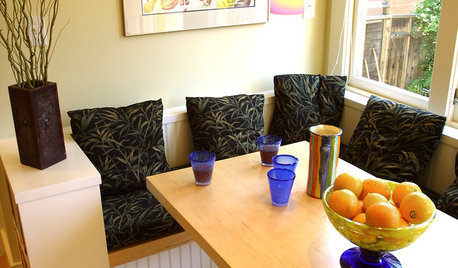Insulation around recessed lighting
foamspoon
13 years ago
Related Stories

REMODELING GUIDESCool Your House (and Costs) With the Right Insulation
Insulation offers one of the best paybacks on your investment in your house. Here are some types to discuss with your contractor
Full Story
LIGHTINGGet Your Home's Recessed Lighting Right
Learn the formula for how much light a room needs plus how to space downlights, use dimmers and more
Full Story
MATERIALSInsulation Basics: What to Know About Spray Foam
Learn what exactly spray foam is, the pros and cons of using it and why you shouldn’t mess around with installation
Full Story
GREEN BUILDINGInsulation Basics: Heat, R-Value and the Building Envelope
Learn how heat moves through a home and the materials that can stop it, to make sure your insulation is as effective as you think
Full Story
WINDOW TREATMENTSEasy Green: 9 Low-Cost Ways to Insulate Windows and Doors
Block drafts to boost both warmth and energy savings with these inexpensive but effective insulating strategies
Full Story
GREEN BUILDINGInsulation Basics: Natural and Recycled Materials
Consider sheep’s wool, denim, cork, cellulose and more for an ecofriendly insulation choice
Full Story
BATHROOM DESIGNShould You Get a Recessed or Wall-Mounted Medicine Cabinet?
Here’s what you need to know to pick the right bathroom medicine cabinet and get it installed
Full Story
LIGHTINGRecessed Lighting 101
Looking to brighten a drab, dim space? Recessed lighting may be your answer. Here's what you need to know
Full Story
BATHROOM DESIGNRecess Time: Boost Your Bathroom Storage With a Niche
Carve out space behind the drywall to add shelves or cabinets, giving you more room for bathroom essentials and extras
Full Story
MATERIALSWoodipedia: Maple Is a Marvel Around the House
A heavy hardwood with lots of potential, maple appeals to modern sensibilities and won't break your budget
Full StoryMore Discussions








baymee
dedtired
Related Professionals
Freeport Solar Energy Systems · Mesquite Solar Energy Systems · Moorpark Solar Energy Systems · Sun Prairie Solar Energy Systems · Weymouth Solar Energy Systems · Easton Solar Energy Systems · Annapolis Home Automation & Home Media · Chattanooga Home Automation & Home Media · Fayetteville Home Automation & Home Media · Fort Lauderdale Home Automation & Home Media · Naperville Home Automation & Home Media · Pittsburgh Home Automation & Home Media · Washington Home Automation & Home Media · Norton Fireplaces · Puyallup Fireplacesbrickeyee
homebound
homebound
brickeyee
energy_rater_la
dedtired
energy_rater_la